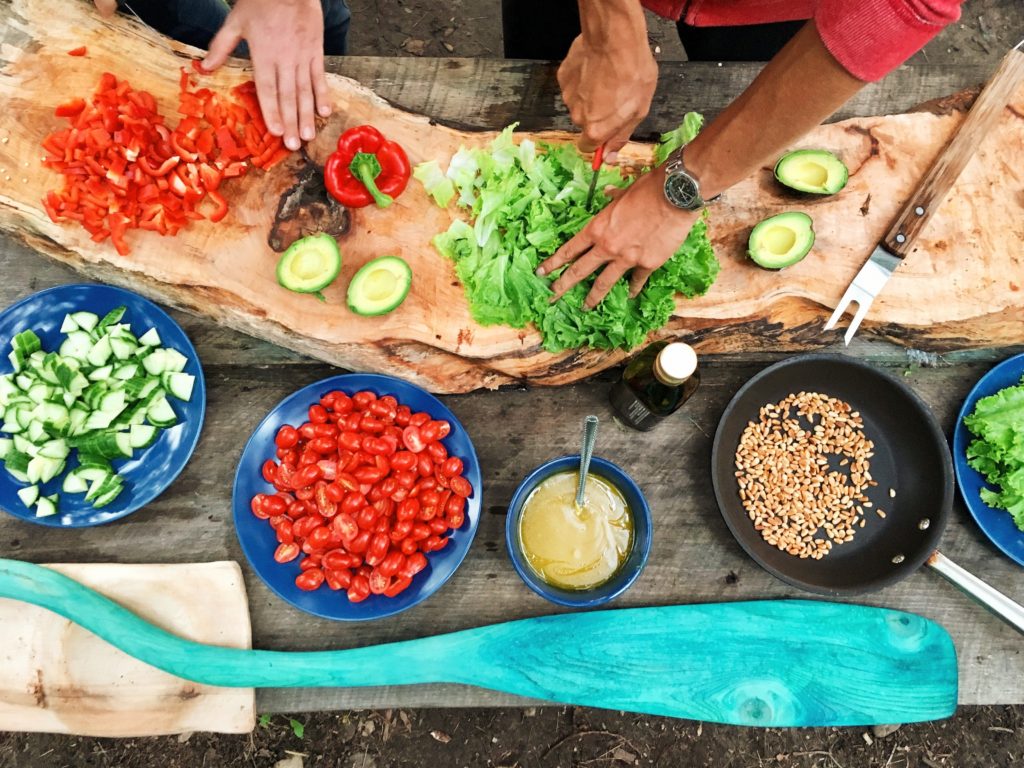
Let’s remember how often you throw food in the trash and how much waste you get from cooking your favorite food? If you gave two “yes” to these questions, then we advise you to explore with us in more detail the topic of zero-waste or zero waste household. At first glance, this may seem like a difficult task, but in reality, if you follow certain recommendations step by step and follow the same algorithm – conscious life will be much closer. Marie Claire has prepared a selection of practical tips to help reduce household waste, stop throwing away food and get rid of plastic.
Avoid clutter in the refrigerator and cabinets
The first reason we throw away food is because we forget about it or just don’t notice it. To reduce the amount of food waste, first tidy up the refrigerator and think of a certain storage system. For example, products with a long shelf life can be placed closer to the wall of the refrigerator or in a separate cell, and dishes that need to be eaten now is better to put in a prominent place. The same goes for fresh fruits and vegetables: make it a habit to check this department every two days and find products that will soon spoil.
Also do an audit of cereal cabinets and other supplies and identify any products that are potentially expiring. If there are any, it is better to plan priority cooking of them.
Use clear containers
Another great way to remember what food is in your refrigerator is to store food, especially leftovers, in clear airtight containers. We often forget what we put in the tank, but being able to see it right away can help you remember your stocks left for later.
Look for an alternative
Pay attention to the types of food that you can not fully use and think about whether you can find a longer-term alternative. For example, do you constantly throw some fresh food in the trash? If you can’t eat food or fruit in time, consider switching to frozen fruits or vegetables. They are just as useful and suitable for normal use.
If you do not want to buy frozen foods in plastic bags, you can freeze fruits and vegetables yourself. This is a more environmentally friendly process and you will know exactly which vegetables or fruits you taste.
Use stickers
If you store food in glass jars or containers, a date sticker on them will help you stay organized and reduce food waste.
Compost
Any food that spoils, as well as any food scraps, you should throw in the compost bin to turn this waste into a nutritious fertilizer for the soil. The use of compost not only promotes healthy plant growth, but also reduces greenhouse gas emissions by preventing food waste from landfills.
Store greens in a cloth
Some people use foil or paper towels to keep vegetables fresh, but this is not a sustainable solution. Instead, wash the greens and wrap tightly in a cloth towel. This way, your favorite greens will stay juicy and crispy longer.
Freeze leftovers
If you are constantly throwing away food, try to focus on freezing whenever possible. Put leftovers in containers and freeze until next time. There are many foods that freeze well, even bread or your favorite croissants can be placed in the freezer and then reheated in the oven.
Wash the berries with vinegar
This method will help the fruit to last longer, eliminating bacteria and mold spores. Add 1 cup of vinegar and 3 cups of water to a bowl and place the berries there. Drain and then rinse to remove the taste of vinegar. Dry and enjoy fresh berries.
Don’t rely on the “Use to” mark
Many people throw away food because of the expiration date, but for many foods this date is a recommendation, not a rule. The dates on the package simply mean that the food will be of the highest quality during this period, but this does not mean that it is usually no longer edible. Investigate, sniff or try a product that has expired to determine if it can be eaten or discarded.
Let’s move on to conscious waste-free consumption together!




